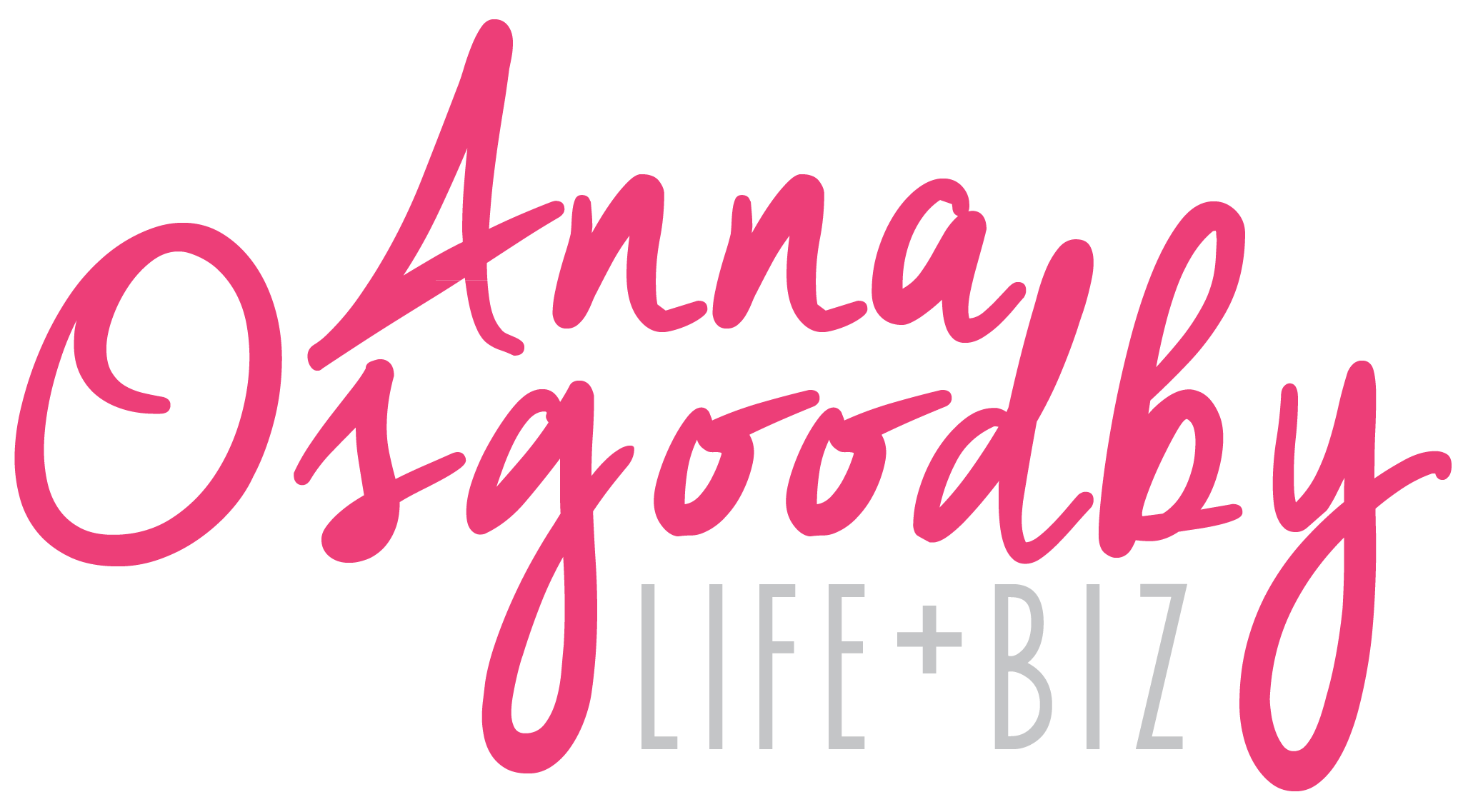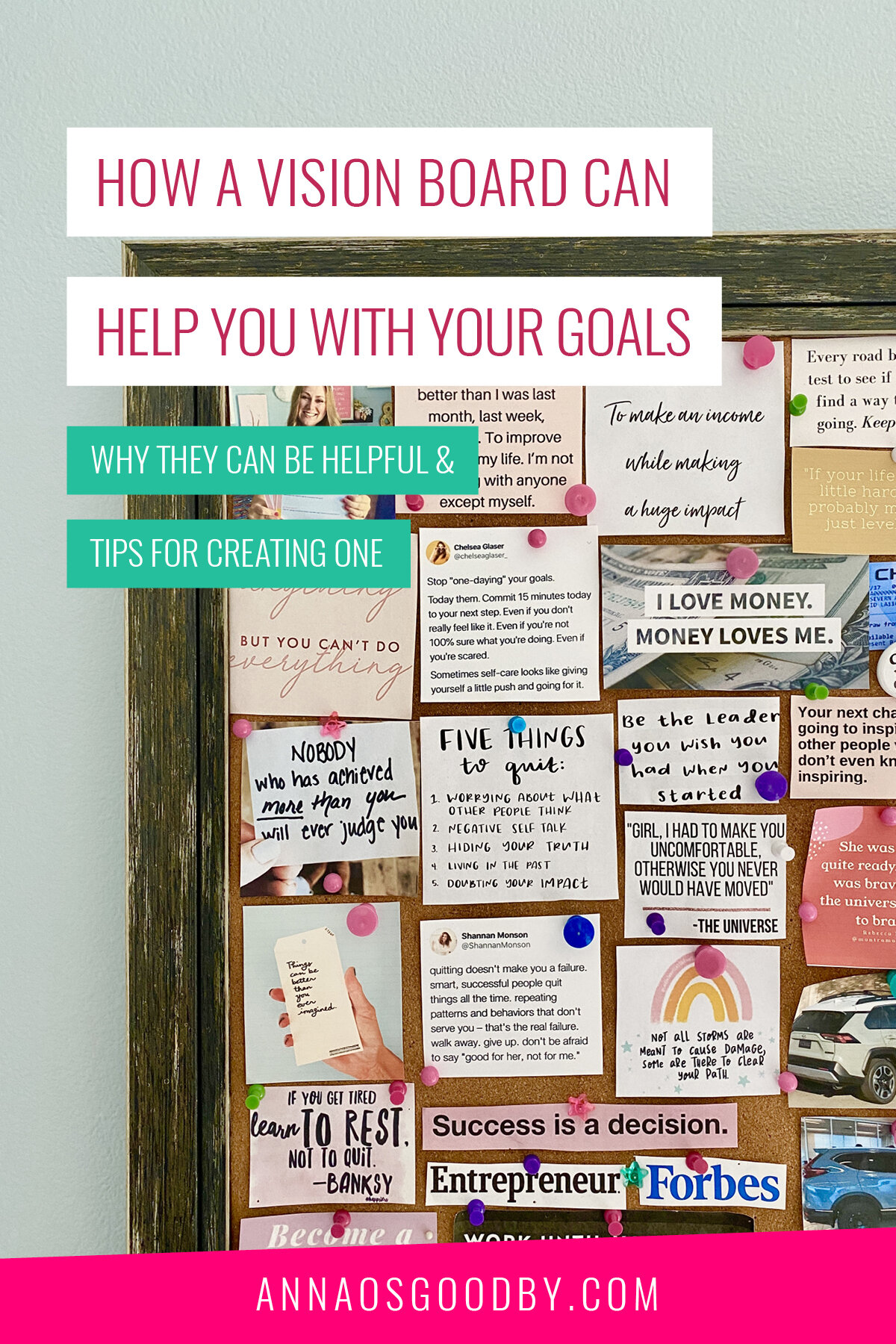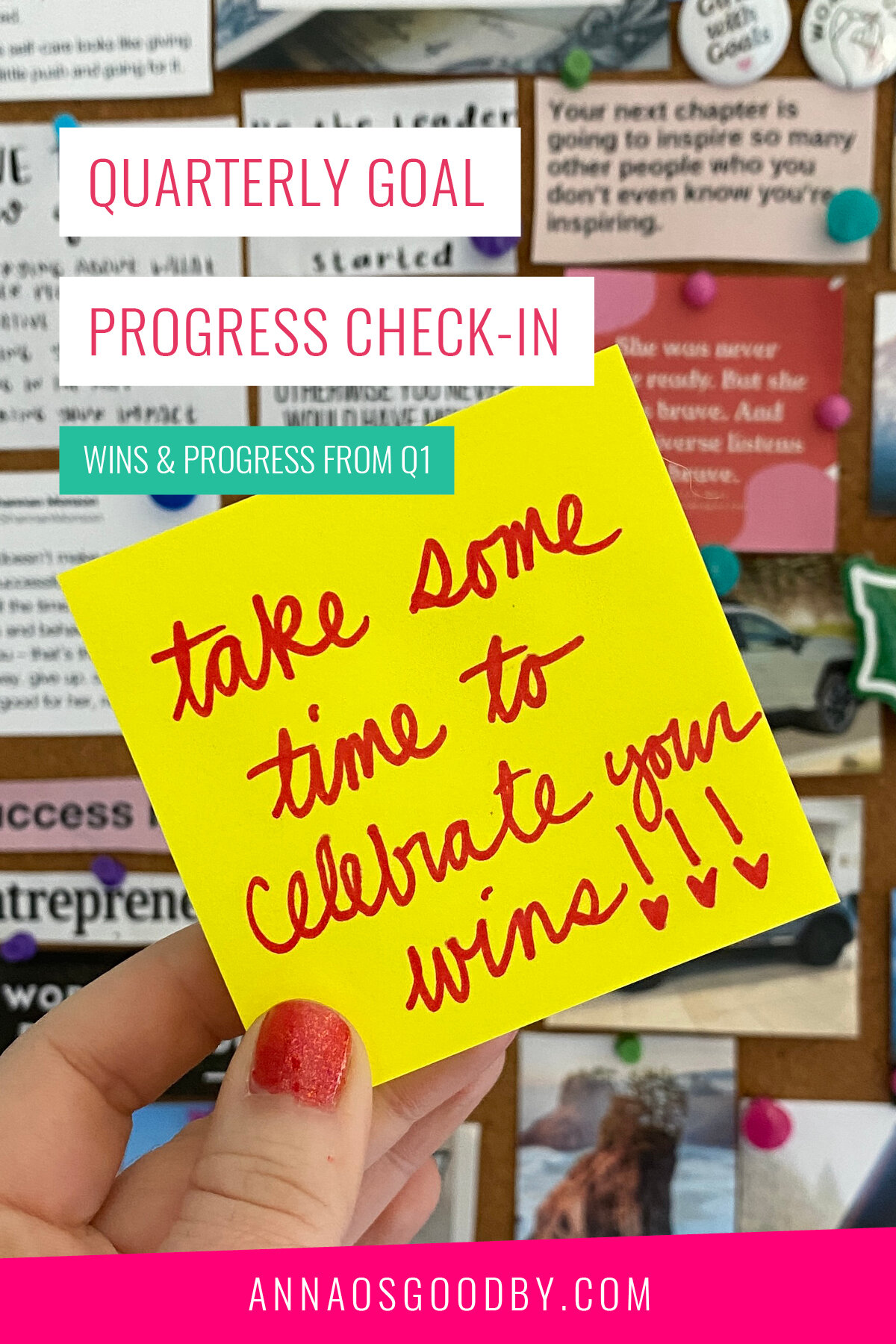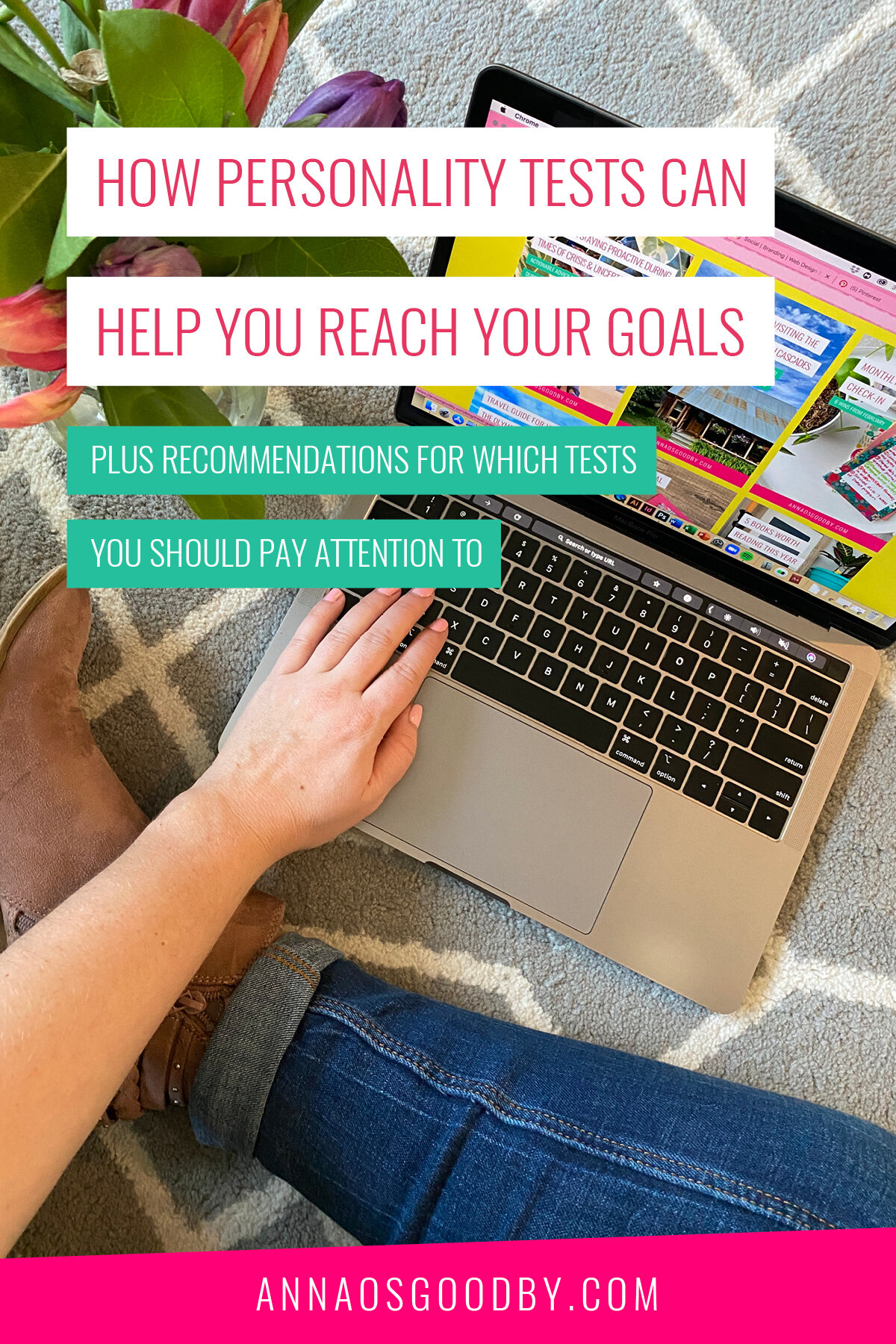You guys know I am ALL about accountability and check-ins when it comes to working on goals. I think they are so key for growth and making sure the things we’re working on actually still align with where we want to go. Plus, as cliché as it sounds, it’s important to remember that working on your goals is more about the journey than just the destination. When you decide you want to work on your goals you’ve made a commitment that you’re choosing a life of growth and hese check-ins are so helpful in keeping you on track.
Today I’m going to walk you through the framework that I use each month to look ahead, get intentional and set myself up for success. I’ve also included a free worksheet at the bottom of this blog post if you’d like to give the process a spin for yourself too.
Motto or Word of the Month
This is a pretty popular technique and it’s one I love because it allows me to set a tone for my upcoming month. Sometimes I’ll pick or more energized word or motto like drive, or momentum and other times my focus will be rest or reset. Sometimes a single word doesn’t totally represent my mood so instead, I’ll go with a phrase like “get shit done!” or last month I embraced my inner Kacia Fitzgerald and picked “do the damn thing!”
Top 3 Monthly Goals
While of course, I have bigger goals I’m working towards, I like to narrow things down to the top 3 things I want to get accomplished this month. For me, I’ve found writing down a huge laundry list of goals is the fastest track to failure so I like to only focus on 3 things instead. This allows me to really prioritize, which then carries into my weekly and daily activities.
Reminder of the Bigger Picture
The next section I check-in on, is how my monthly goals and the other things I’m working on support my bigger picture goals. Personally, I like to always have the big picture front and center so I know exactly what I’m working towards. This is a great way to really start to understand how small wins propel us and help us grow over time too.
Habits & Routines
This one is BIG! Habits and routines are really the backbone when it comes to making progress on your goals. That’s because there aren’t a lot of things we can do just a couple of times and hit our goals. So in this section, I’ll identify different habits or routines that I am making a priority for this month. Sometimes this section stays the same month-to-month ( if it’s something I’m continuing to work on) and then other times I’ll introduce something new.
A really valuable tactic when it comes to developing routines and habits is starting small and then piggybacking off of other tasks on things you’re already used to doing. For example, brushing and flossing before bed is a no brainer for me... it’s something I’ve done for years. If I just got some new face moisturizer and using it before bed before has been a struggle before, I may try to put it out next to my toothbrush so that I don’t forget. The stronger your routines and habits get, the more things you can start adding until they all just become things you naturally do.
Distractions I Need to Nix
This one is really important too. We all have the same amount of hours in the day, but the way we prioritize our time makes all the difference in what we accomplish. So if you want to start reading more or start a new workout routine then that time is going to have to come out of somewhere else. In this section, I try and identify different things I want to give LESS attention that month.
Video more your jam? Hit play to hear my message!
Efforts I Made Towards my Goals
Then the last two sections are actually things that I fill in throughout the month. The first is making note of the different efforts I made towards my goals. This one is important for me because there are a lot of goals that are very much long-term goals and I’m not going to actually hit them for awhile. Or things that I need to put in a lot of effort before I’ll see real results. Having this section really helps me acknowledge the efforts I’m making and stay motivated. Another reason I do this is because sometimes life happens and you may be slacking some and realize you’re 3 weeks into the month and you haven’t made any moves that support your goals. Back to that accountability thing!
Wins & Milestones
Last but not least, I keep track of wins or milestones that happen throughout the month. A lot of which I’ll then share on my Instagram check-in updates! These are a step beyond the efforts I’ve made because these are actual results. So for example, if I want to work on my public relations strategy and be featured in the media more, an effort would be pitching x, y, and z publications, whereas a win, would be if I was actually featured in one.
I love this section because it reminds me how much you can really accomplish in one month plus it’s also really a gratitude check-in too. Life can seriously pass us by so fast and this section really allows me to reflect on life in real-time and be thankful for all that I have.
I hope you guys have found this helpful! I think it’s also important to note that my process has evolved a lot over the years and is a combination of a lot of things I’ve tried. So don’t be afraid to adjust it and make it your own!














